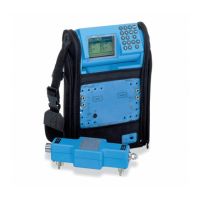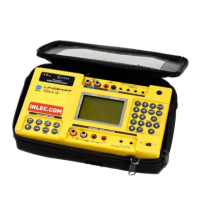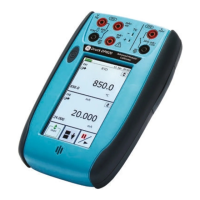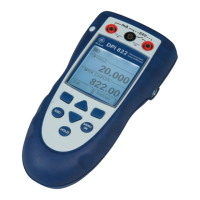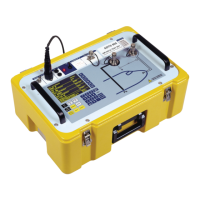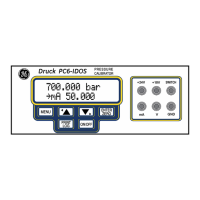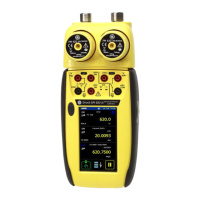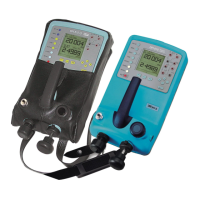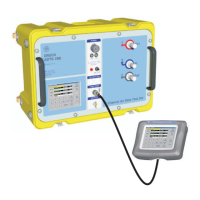Important information on wall thickness measurement 1 Introduction
DMS Go+ Edition 4 (05/2014) 1-7
Choice of the probe
The probe used for the measurement must be in good
condition, i.e. its coupling face or delay line should not
show any considerable wear. The measuring range (ap
-
plication range) specified for the corresponding probe in
the data sheets must cover the complete thickness
range to be inspected. The temperature of the test ob
-
ject must be within the permissible temperature range of
the selected probe.
Use of couplants
The operator must be familiar with the use of the ultra-
sonic couplant to the effect that the couplant is applied
equally during every measurement so that variations in
the couplant layer thickness and errors in the subse
-
quent measurement results are avoided. The instru-
ment calibration and the actual wall thickness measure-
ment should be carried out under identical coupling con-
ditions. During this process, the quantities of couplant
used should be as small as possible and a constant
pressure should be applied to the probe.
In the case of curved coupling faces, for example on
tubes, the dual-element probe used for the measure
-
ment should be coupled in such a way that its acoustic
separation layer forms an angle of 90° with reference to
the tube's longitudinal axis.
Doubling of measured value
A dangerous measuring error in ultrasonic thickness
measurement can occur if the thickness is measured
below the application range (operating range) specified
for the probe used. In this case, the first backwall echo
is too small for an evaluation, whereas the second back
-
wall echo has an adequately high amplitude and is
therefore evaluated by the instrument. This results in a
wall thickness reading which is twice as large as the ac
-
tual wall thickness. In order to avoid such measuring er-
rors, the operator must carry out an additional check
measurement using another probe at the limit of the ap
-
plication range.
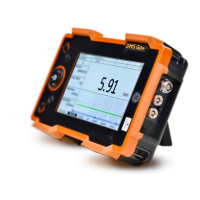
